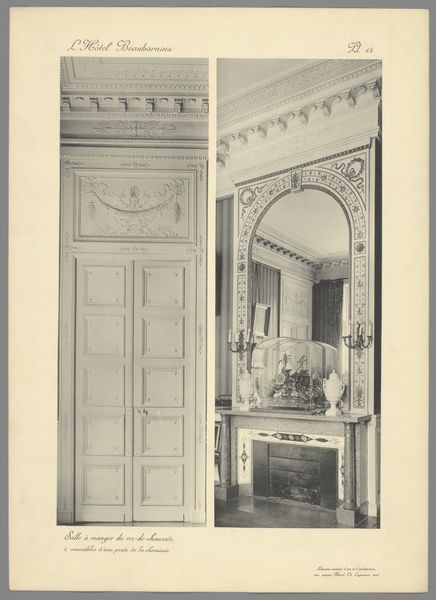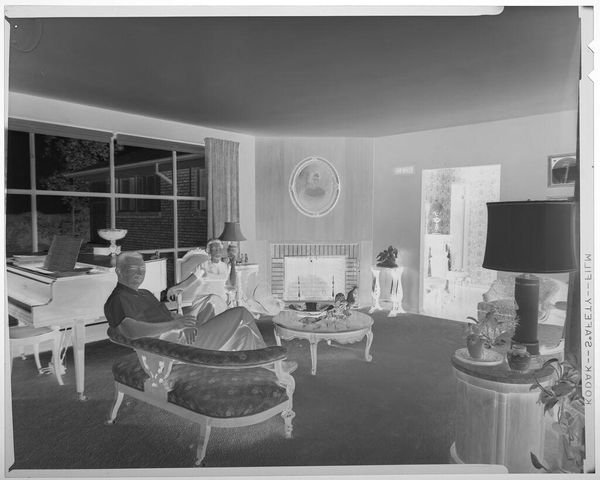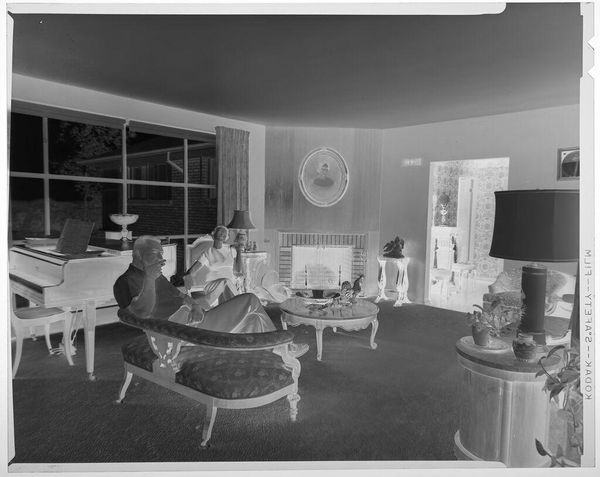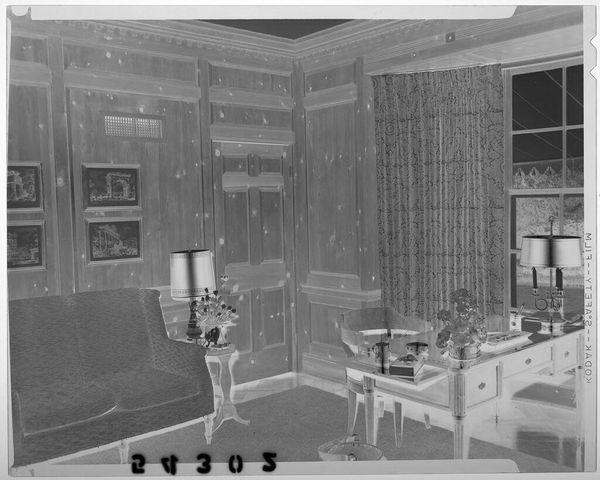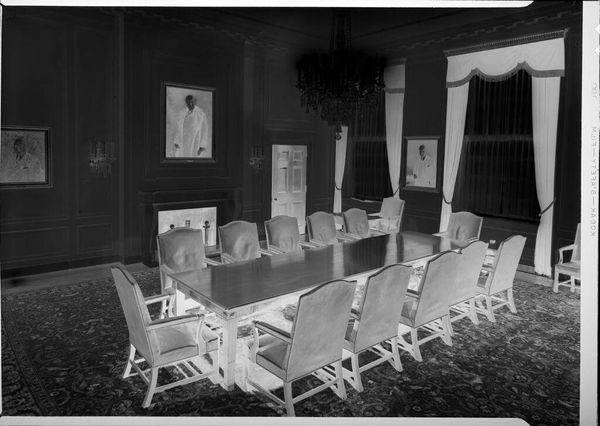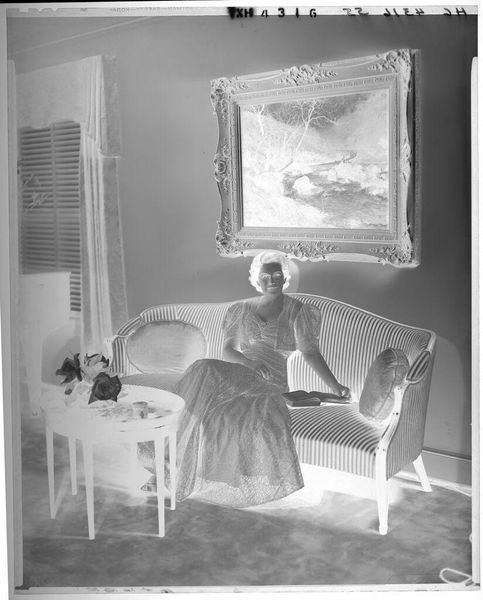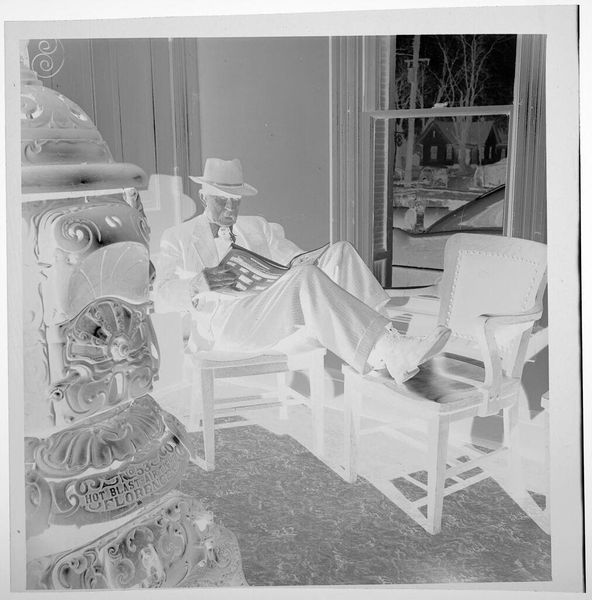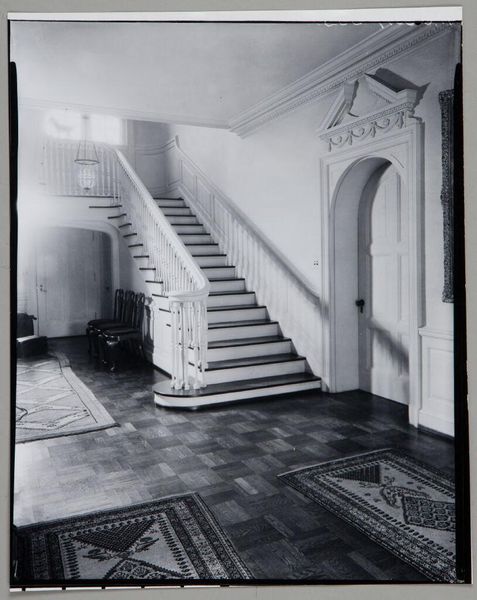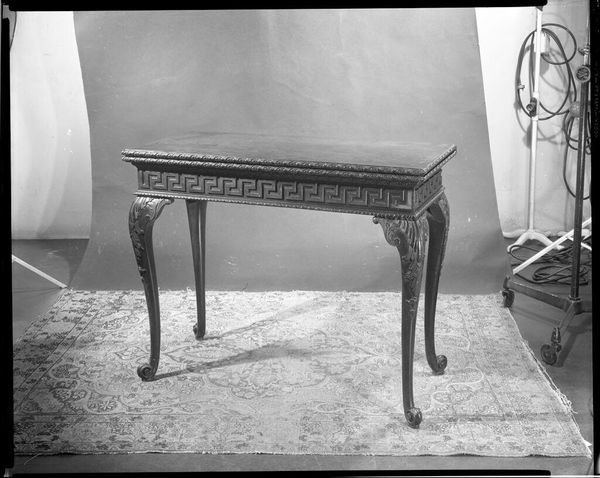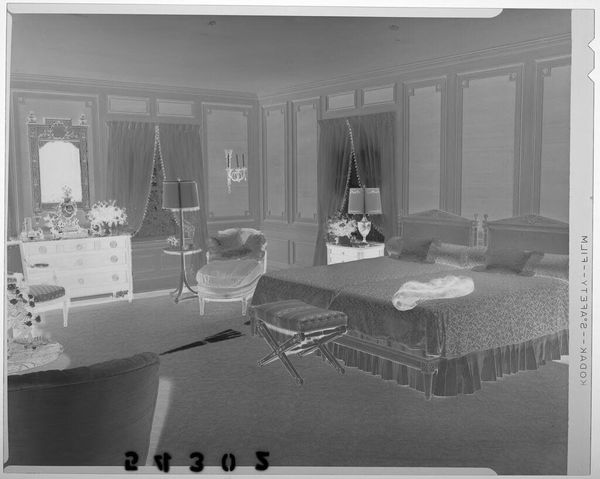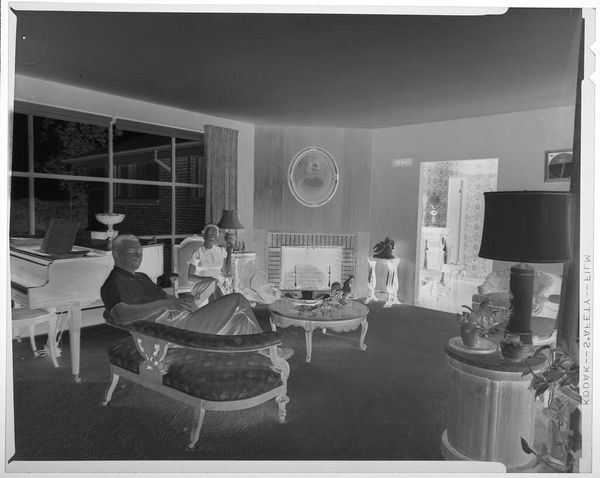
carving, sculpture, wood
#
portrait
#
interior architecture
#
carving
#
baroque
#
form
#
sculpture
#
wood
#
decorative-art
Dimensions: 137 × 98 in. (348 × 248.9 cm)
Copyright: Public Domain
Curator: Let's turn our attention to this pier glass frame dating from 1719 to 1729, currently residing at the Metropolitan Museum of Art. Editor: My initial thought is it’s opulent, really making me think of the decadence of the French court and endless vanity. The scale itself feels…commanding. Curator: The decorative language certainly aligns with that perception. Consider the elaborate floral garlands, the scrolled acanthus leaves…each element is imbued with the symbolism of status and cultivated taste. And let’s not forget the cherubic figures at the top; emblems of love and innocence framing…a reflection. Editor: Which all speaks to the incredibly skilled labor involved. It’s carved wood, isn't it? Can you imagine the hours a craftsman dedicated, meticulously shaping this material to satisfy such desires and tastes? Who was consuming these items and how were they involved in its distribution? Curator: Undoubtedly, this frame served as a potent symbol. In a room filled with such carefully curated objects, reflecting oneself became an act imbued with self-importance, almost ritualistic. These types of objects held significance that transcended simple decoration. Editor: Absolutely. While it is clearly crafted with extraordinary attention to detail, for me its purpose can't be extricated from issues surrounding excess. It raises a number of interesting considerations about the conditions and social history tied to the piece and others of this kind. Curator: The act of reflecting carries many meanings. A mirror’s capacity to reveal both inner self and external reality – as well as to conceal – offered complex commentary on identity within the Baroque period’s courtly settings. The object almost gains sentience by suggesting potential meanings around social expectations, image, and societal reflection. Editor: Indeed. It is that tension between the exquisite object and its potential historical implications that keeps me thinking about its existence. The craft itself is noteworthy, so in this encounter between technique and context a more comprehensive appreciation can take shape.
Comments
No comments
Be the first to comment and join the conversation on the ultimate creative platform.


